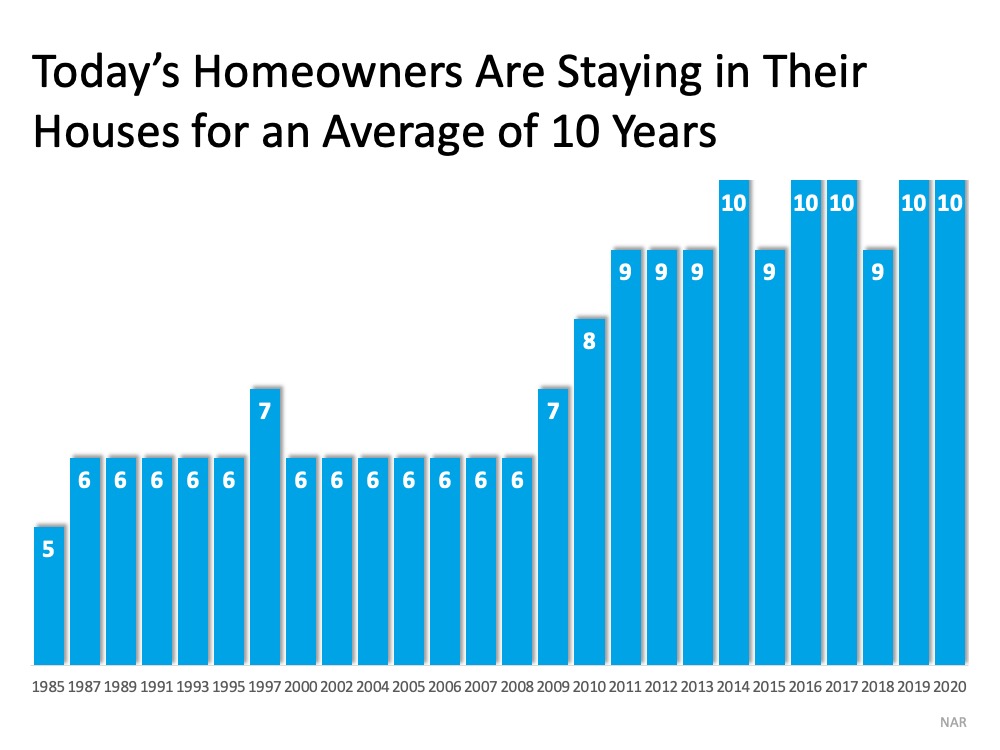What's Motivating People To Move Right Now?
This year, Americans are moving for a variety of reasons. The health crisis has truly reshaped our lifestyles and our needs. Spending so much more time in our current homes has driven many people to reconsider what homeownership means and what they find most valuable in their living spaces.
According to the 2020 Annual National Movers Study:
For customers who cited COVID-19 as an influence on their move in 2020, the top reasons associated with COVID-19 were concerns for personal and family health and wellbeing (60%); desires to be closer to family (59%); 57% moved due to changes in employment status or work arrangement (including the ability to work remotely); and 53% desired a lifestyle change or improvement of quality of life.
With a new perspective on homeownership, here are some of the reasons people are reconsidering where they live and making moves right now.
1. Working from Home
Remote work became the new norm, and for some, its persisting longer than initially expected. Many in the workforce today are discovering they don't need to live so close to the office anymore and they can get more for their money if they move a little further outside the city limits. Apartment List notes:
The COVID pandemic has sparked a rebound in residential migration: survey data suggest that 16 percent of American workers moved between April 2020 and April 2021, up from 14 percent in 2019 and the first increase in migration in over a decade One of the major drivers in this trend is remote work, which expanded greatly in response to COVID and will remain prevalent even after the pandemic wanes. No longer tethered to a physical job site, remote workers were 53 percent more likely to move this past year than on-site workers.
If youve tried to convert your guest room or your dining room into a home office with minimal success, it may be time to find a larger home. The reality is, your current house may not be optimally designed for this kind of space, making remote work very challenging.
2. Room for Fitness & Activities
Staying healthy and active is a top priority for many Americans, and dreams of having space for a home gym are growing stronger. A recent survey of 4,538 active adults from 122 countries noted the three fastest-growing fitness trends amongst active adults:
- At-home fitness equipment (up 50%)
- Personal trainers/nutritionists (up 48%)
- Online fitness courses, classes, and subscriptions (up 17%)
Having room to maintain a healthy lifestyle at home physically and mentally may prompt you to consider a new place to live that includes space for at-home workouts, hobbies, and activities for your household.
3. Outdoor Space
Better Homes & Gardens recently released the outdoor living trends for this year, and three of them are:
- Outdoor Kitchens: 60% of homeowners are looking to add outdoor kitchens.
- Edible Garden: Millions of people began gardening during the pandemic . . . to supplement pantries with homegrown fruits, vegetables, and herbs.
- Secluded Spaces: As outdoor activity increases, so does the need for privacy.
You may not, however, currently have the space you need for these designated areas inside or out.
Bottom Line
If you're clamoring for more room to accommodate your changing needs, making a move may be your best bet, especially while you can take advantage of todays low mortgage rates. Its a great time to get more home for your money, just when you need it most.








